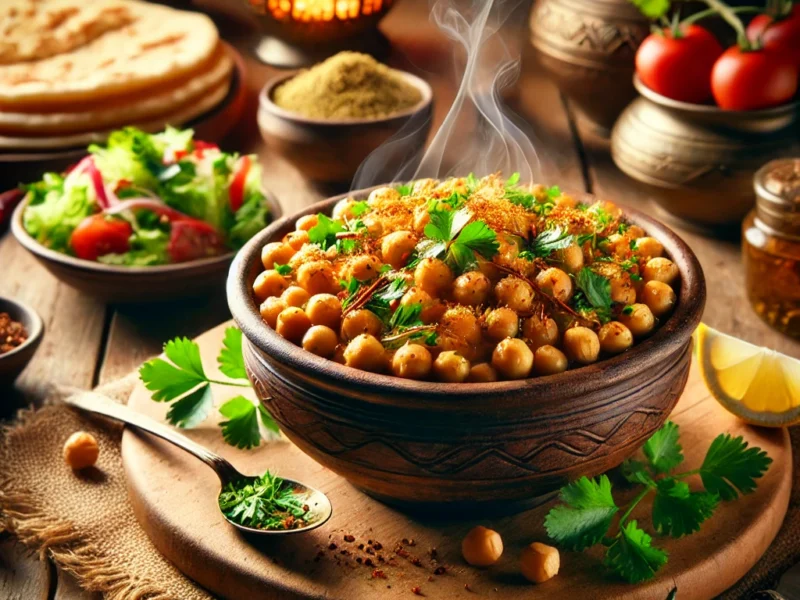In a world as vast and diverse as ours, few things bring people together like cultural festivals. Among these, the World Culture Festival stands out as a significant global event that unites cultures, traditions, and arts from every corner of the globe. This festival celebrates not only the beauty of diversity but also the shared values and aspirations that connect humanity. In this blog post, we will explore the significance of the World Culture Festival, its impact on cultural exchange, and its role in fostering global unity.
What is the World Culture Festival?
The World Culture Festival is a large-scale event that highlights the rich tapestry of global cultures. Participants from various countries showcase their traditions through music, dance, art, and cuisine, offering attendees a unique opportunity to experience the world’s cultural diversity in one place. The festival serves as a platform for cross-cultural dialogue, helping to bridge the gap between different communities and fostering a sense of global unity.
In addition to its cultural offerings, the festival emphasizes values such as peace, love, and harmony. It’s more than just a celebration of different traditions; it’s a call for a more connected and understanding world, where people of all backgrounds can come together to share their stories and appreciate the diversity that makes humanity beautiful.
The Importance of Cultural Exchange;
Cultural exchange is essential in today’s interconnected world. Events like the World Culture Festival play a pivotal role in promoting cultural awareness, allowing people to experience customs and traditions that they may never have encountered otherwise. This fosters understanding and reduces prejudice, as individuals are exposed to the richness of other cultures.
Moreover, cultural exchange encourages creativity and innovation. By sharing ideas and perspectives, participants can learn from one another, leading to new forms of art, music, and even technology. This blending of traditions enriches societies and helps preserve cultural heritage while simultaneously encouraging its evolution.
Highlights of the Festival:
The World Culture Festival is known for its wide array of performances, exhibits, and interactive experiences. Here are some of the key highlights that make the festival a must-visit event:
-
Performances:
From traditional dances to modern music, the festival offers a stage for artists from around the world. These performances showcase the unique artistic expressions of different cultures, creating a vibrant and immersive experience for attendees.
-
Cultural Pavilions:
Each country represented at the festival sets up a pavilion where visitors can explore their traditional arts, crafts, clothing, and foods. These pavilions are a fantastic way to learn about the history and customs of various regions.
-
Workshops and Seminars:
The festival also hosts workshops where attendees can learn traditional crafts or participate in cultural activities. Seminars on global issues, such as peacebuilding and cultural preservation, add a thoughtful dimension to the event.
-
Culinary Delights:
No cultural festival would be complete without food. The World Culture Festival offers a chance to taste dishes from around the globe, allowing visitors to experience the flavors that define different cultures.
Local Cultural Centers:
The World Culture Festival brings together international cultures, but local cultural centers play an equally important role in preserving and promoting cultural heritage. Two such centers that highlight the significance of cultural engagement within communities are the South Shore Cultural Center and the Greenbelt Cultural Center.
- The South Shore Cultural Center, located in Chicago, has long been a hub for cultural events, offering a space for the community to engage in artistic, educational, and cultural activities. It serves as a vital link between local traditions and global cultural movements, much like the World Culture Festival itself.
- Similarly, the Greenbelt Cultural Center offers programs and events that celebrate cultural diversity and environmental stewardship. This center fosters a deeper understanding of the interconnectedness between culture and nature, making it an ideal example of how local institutions contribute to global conversations on culture and sustainability.
These cultural centers serve as microcosms of the global celebration seen at the World Culture Festival, providing spaces where people can connect with their heritage while also exploring the diversity of the world around them.
How the World Culture Festival Promotes Global Unity:
At its core, the World Culture Festival is a celebration of both the uniqueness of different cultures and the common values that unite humanity. The event’s inclusive nature sends a powerful message: no matter where we come from, we all share a desire for peace, love, and understanding.
In a world often divided by political, social, and economic issues, cultural festivals like this remind us of the importance of coming together to celebrate our differences rather than allowing them to drive us apart. By participating in the World Culture Festival, attendees become ambassadors of cultural diplomacy, helping to build a more inclusive and harmonious global community.
The festival also encourages the preservation of cultural heritage in a rapidly globalizing world. As we become more interconnected, there is a risk that unique traditions may be lost. However, by providing a platform for these traditions to be shared and celebrated, the World Culture Festival helps ensure that they remain alive for future generations to enjoy.
FAQs:
1. When is the World Culture Festival held?
A. The World Culture Festival is typically held annually, although the exact dates may vary each year. It’s important to check the official website or event organizers for updated schedules.
2. Who can participate in the World Culture Festival?
A. The festival is open to people from all cultures and backgrounds. Both performers and attendees from across the globe are encouraged to participate, making it an inclusive and diverse event.
3. What types of performances can I expect at the festival?
A. The World Culture Festival features a wide range of performances, including traditional dances, contemporary music, theater, and artistic displays from various cultures. Each year brings new performances, showcasing the creativity and heritage of different regions.
4. How can I get involved in the World Culture Festival?
A. Individuals and groups can participate in various ways, such as volunteering, performing, or setting up exhibits. You can reach out to the event organizers through their website for more information on how to get involved.
5. What is the purpose of the World Culture Festival?
A. The festival aims to promote cultural exchange, foster global unity, and celebrate the diversity of cultures. It serves as a platform for people to share their traditions and build bridges of understanding between different communities.
Conclusion:
The World Culture Festival is a testament to the beauty and power of cultural exchange. By bringing people together from all over the world, the festival promotes understanding, appreciation, and respect for different traditions. It serves as a reminder that while we may come from different backgrounds, we all share a common humanity.
Local institutions like the South Shore Cultural Center and the Greenbelt Cultural Center play a crucial role in this global conversation, providing spaces for communities to celebrate their cultural heritage while also engaging with the broader world. Together, these local and global initiatives work hand in hand to promote a more inclusive and harmonious world.



